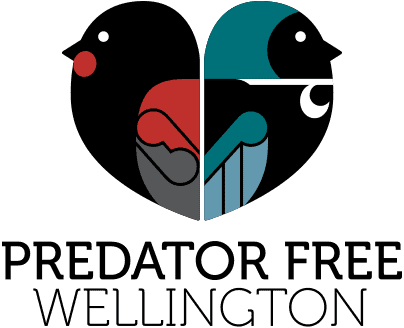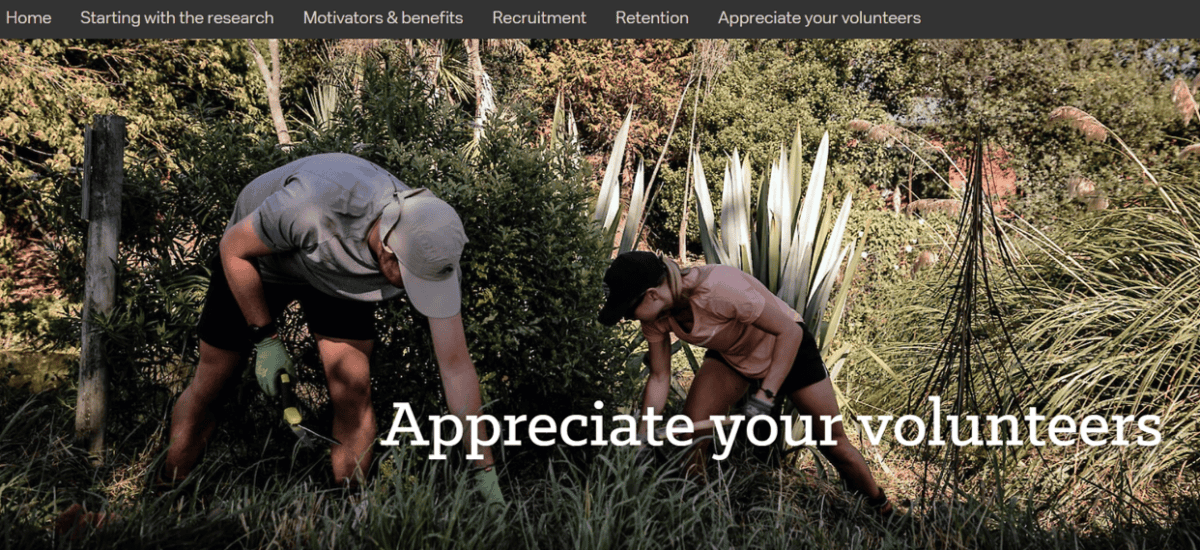Bringing together backgrounds in biology and in counselling, Julie Whitburn is a passionate advocate of social environmental research.
“I’m really interested in the dual benefits that can come from ecological restoration projects, both for people and for the environment,” she says. “I really love it. I had no idea these two strands of my professional life would come together. Who would have thought that was a thing?”
Given Julie’s longtime involvement at Zealandia sanctuary, Danielle Shanahan (Zealandia’s Chief Executive, and co-lead of SO6, Pathways to Ecosystem Regeneration, as well as a co-author of the report) saw Julie as a perfect match to head a new project, exploring the value of community collectives in ecological restoration, using Predator Free Wellington as an exemplar.
Julie took on the task.
The first output from this work was a report that harnessed the social and ecological learnings from Phase 1 of the predator elimination on Miramar Peninsula and examined the evidence for social and/or ecological outcomes associated with it, which may be useful for other similar projects.
While the project discovered many positive outcomes, it raised an important concern. Would the local community take up the baton when Predator Free’s ten-year contract for undertaking this work was completed?

“Once Predator Free Wellington completes their contract,” says Julie, “the local community would become responsible for maintaining biosecurity on the peninsula.”
Julie sought to address this concern in the next part of the project. She wanted to understand what work people were doing in predator control, why they were volunteering, what they got out of it, and how these things related to their long-term commitment.
“Crucially, we wanted to understand whether volunteer commitment would carry on after the project’s conclusion, and what Predator Free Wellington could do to encourage and support commitment in volunteers.”
Julie Whitburn
People, on average, spent 2-3 hours per month, for 4-5 years in predator control. That means that the average volunteer “donates” between $2496 and $4680 (based on the 2023 living wage of NZ$26 per hour) of their time, and some people give much more!
“Understanding and appreciating volunteers’ contribution is so important,” says Julie. “Wellingtonians have dedicated themselves to environmental restoration for years. I’m completely blown away by the commitment involved.”
Julie’s research found that people were motivated to participate in predator control to express their values, to care for the environment, and because they wanted to make connections in their community.
Unsurprisingly then, she found that volunteers working as part of community environmental groups – such as the Predator Free groups – contributed more hours, and remained in their roles for longer than people not involved in these groups. They also received greater benefits from their work. This demonstrates the value in encouraging group membership.

“Volunteers were more committed if they were able to attain personal satisfaction from the work, that they felt they were making a difference in their community, and that they were enjoying themselves.”
Julie was also interested in any potential barriers impeding long-term commitment for volunteers.
“I asked people about their intended involvement in 12 months’ time, and what might it depend on,” says Julie. “A number of people mentioned that they thought they wouldn’t be needed anymore once the elimination was complete. This let Predator Free know they needed to target their messaging and communications, to let people understand just how important their continued vigilance and ongoing participation is for the project.”
As Julie expected, oftentimes, a volunteer’s ability to commit simply changed with their personal commitments, such as family and work responsibilities. For some, commitment changed with age, as health concerns became a factor.
Julie’s research has led to some recommendations that may help community groups engage and retain volunteers so that volunteering is a mutually beneficial experience for the volunteer and for nature.
A digital narrative summarising the research and recommendations, titled ‘The Value of Volunteers’ is available to explore on the Predator Free Wellington website.
Kerry Donovan Brown
